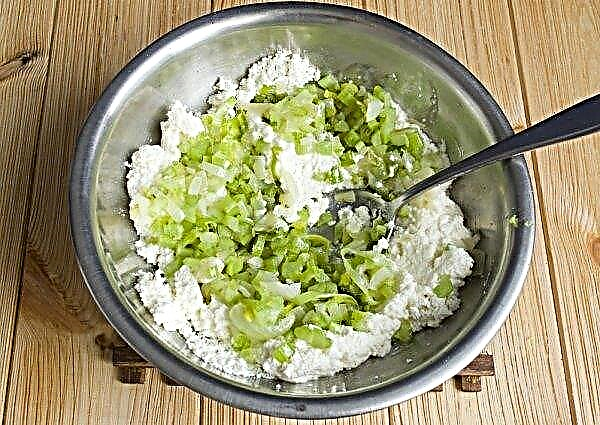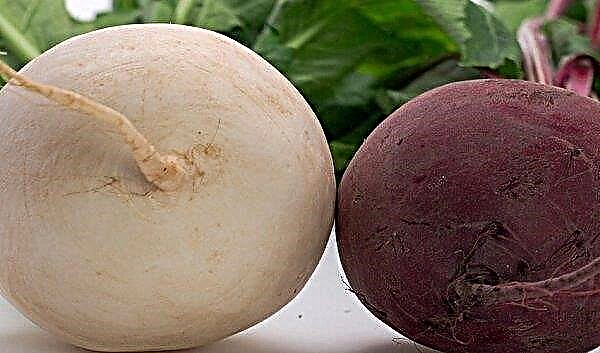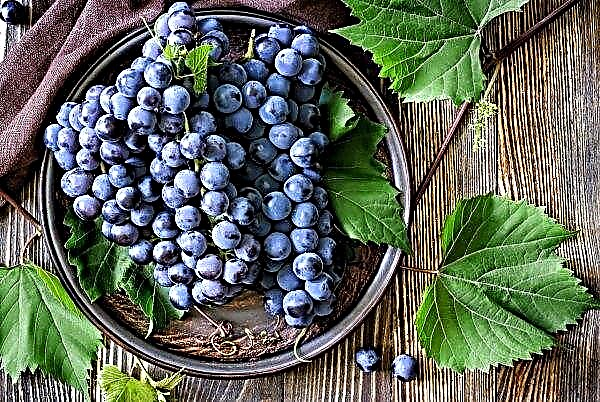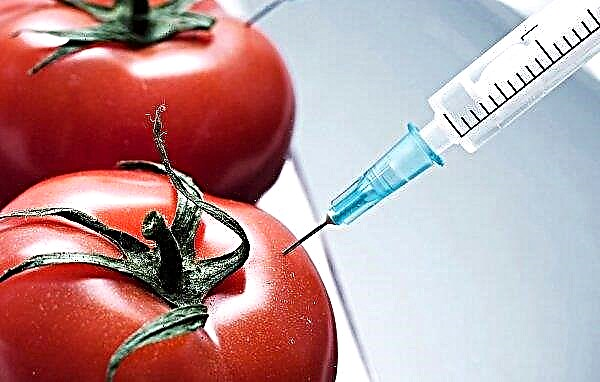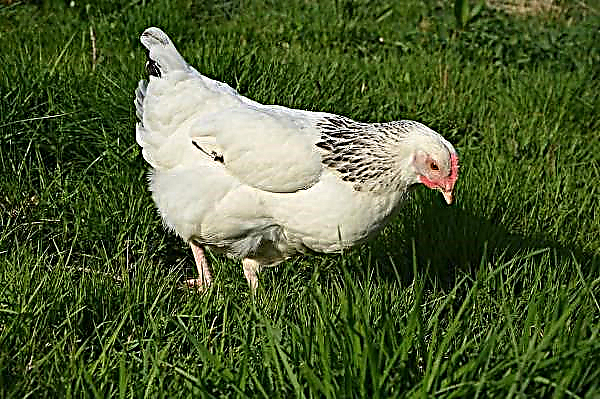The watermelon season is short, and lovers of the juicy berry are in a hurry to relish it to their heart's content, sometimes forgetting about full meals. The article will tell you what the use of watermelon on an empty stomach is fraught with and gives recommendations on the selection and culinary processing of fruits.
Useful and harmful properties of watermelon
Like most products, gourds can bring both good and bad. It all depends on the amount of product consumed and the state of human health. The properties of these bright fruits are affected by their chemical composition.
Chemical composition
Although the berry is mostly composed of water (92%), the remaining 8% comes from useful ingredients such as:
- fiber (0.4%);
- fructose and glucose (6%);
- antioxidants (vitamin C, A, group B);
- folic acid;
- magnesium;
- iron;
- calcium;
- sodium;
- fluorine.
Water, abundant in the fruits, will help quench your thirst in the hot summer, becoming an excellent alternative to carbonated drinks and juices, as it does not contain “white”, refined sugar.
Fiber promotes healthy intestinal motility, and vitamins and minerals strengthen immunity, maintain the body’s water-salt balance, and even have an antidepressant effect.

Calorie content
Calorie content of the product is only 38 kcal / 100 g, which, it would seem, makes it a great dessert for those who want to lose weight. Many people believe that weight loss is facilitated by the almost complete absence of fats and the diuretic properties of watermelon, as well as the sweet taste, which gives a feeling of satiety.
However, not everything is so rosy. Watermelon has a rather high glycemic index (75), and mono-diets based on it will do more harm than good.
Did you know? Watermelons are an indispensable part of the New Year's feast in Vietnam, and not only the flesh, but also the seeds go to food.
Contraindications to the use of watermelon
- Being a powerful natural diuretic, the use of sweet pulp is contraindicated in people who have the following health deviations:
- the presence of large kidney stones;
- cardiovascular diseases;
- diseases of the genitourinary system.
In addition, the use of this berry is not recommended for pancreatic diseases in the acute stage, type 1 diabetes mellitus (due to the large amount of fructose), and gastrointestinal disorders.

Can I eat a watermelon on an empty stomach in the morning?
Nutritionists say that eating watermelon on an empty stomach, including in the morning, can adversely affect the work of the digestive tract. The reason for this is the increased production of gastric juice with a high pH and, as a result, irritation of the mucous receptors. In addition, the fiber contained in the berry can contribute to the appearance of unpleasant sensations (heaviness in the abdomen, flatulence).
These symptoms can occur if the pulp of the fetus enters the digestive tract along with protein foods and bakery products. Sweet fruit has a particularly pronounced negative effect on the "empty" stomach of those suffering from gastritis and gastric ulcer. In the latter case, there is a risk of internal bleeding.
Important! To avoid unpleasant manifestations, it is recommended to use a watermelon 2 hours after a meal, as an independent dish.
How to choose a watermelon?
Choosing a quality watermelon is not an easy task, but you can learn this quite well if you follow the rules:
- Ripening time for the sweet representative of melon is August. Early-ripening samples are less healthy and tasty than “brethren” grown on time.
- Do not purchase specimens with mechanical damage (cut in half, with cracks, dents, or a cut sample pyramid).
- You can check the ripeness of the berry by tapping on the peel. The sonorous sound is associated with the presence in the porous pulp of natural resonators, which confirms the ripeness.
- The peel of ripe fruit is hard, shiny, slightly springy and crunches when pressed.
- Mandatory presence of a stalk (tail) and an orange lateral spot (size 5-10 cm). White spot color indicates adverse ripening conditions.
- After cutting the fruit, take a closer look at the place of cut and pay attention to the color of the pulp. Bright red, with a purple tint, flesh and a smooth cut indicates a high content of nitrates and dyes.

What can be prepared from the pulp of watermelon?
Crispy, fragrant watermelon pulp is good not only in itself, but also gives room for culinary creativity.
It is fried in breading, added to salads (combinations with chili peppers and red onions are especially interesting), and they also do:
- ice cream;
- sherbet;
- cold soups;
- fruit ice;
- pendants;
- smoothie.
Important! Children under 3 years old should not offer sweet flesh, as a fragile body can «violently» to react and the scanty content of nitrates.
Many would like to preserve the watermelon pulp for a long time, adding a taste of summer to the bad weather in winter. This will help homemade preparations: jams, marmalade, jelly, marinades, which are rolled into jars, and then sterilized.
Watermelon, of course, is tasty and healthy, but you can get this benefit only by showing moderation in use and taking into account the individual characteristics of the body. Also, you need to remember the consequences of eating this berry on an empty stomach, described in this article.






